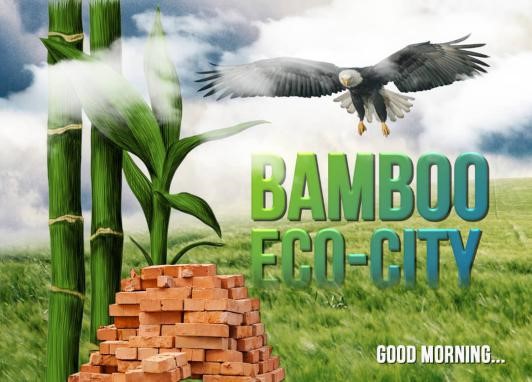Our hydroponic rooftop, indoor and vertical farms will be very efficient. We would only need to convert the rooftops, indoors of average-sized residential facilities, shopping centres, industrial, tourism and recreational facilities to grow enough veggies. And also convert some open spaces within the building plots and the Bamboo Eco-City into vertical farms and greenhouses to grow enough veggies for all of Bamboo Eco-City and Cape Coast population including 70% export. Every new greenhouse we will build will get bigger, better, lighter, and cheaper, so that urban rooftop, indoor and vertical farms can become a must when building new structures.
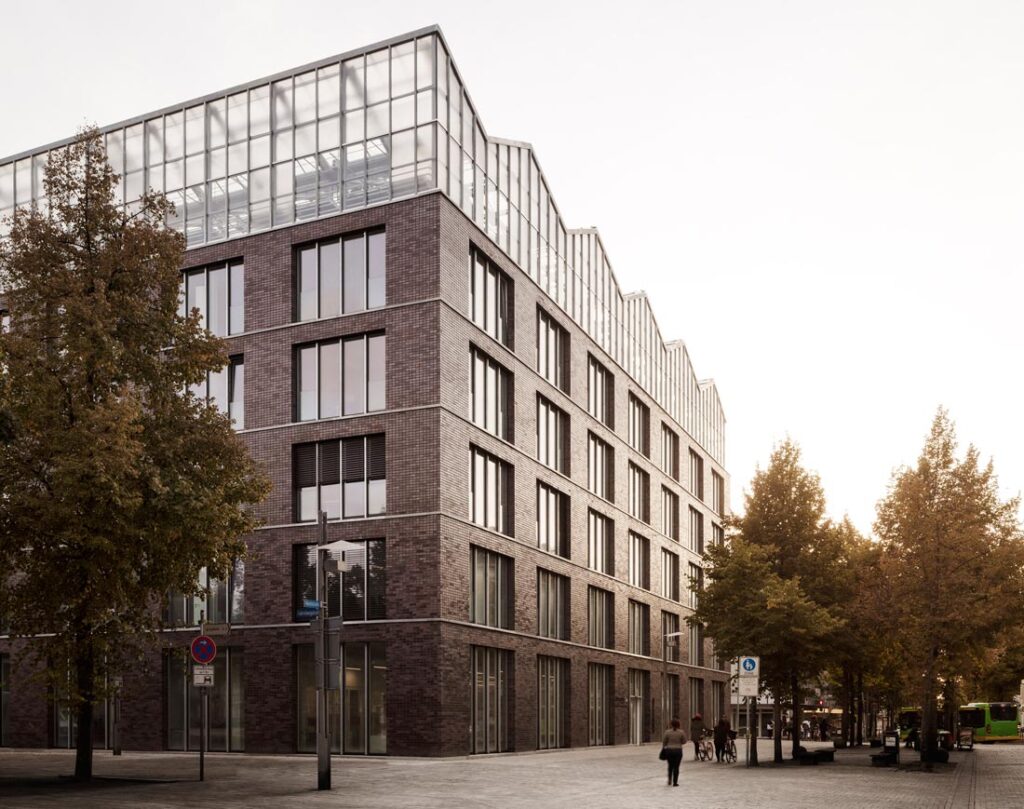
GREENHOUSE ON TOP OF RESIDENTIAL BUILDING
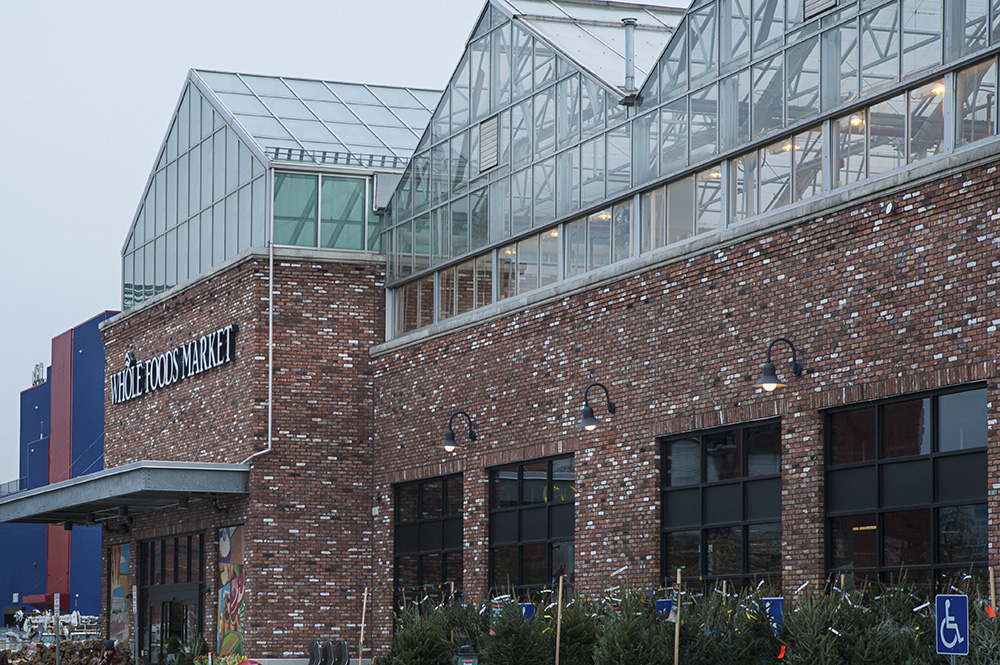
GREENHOUSE ON TOP OF COMMERCIAL BUILDING
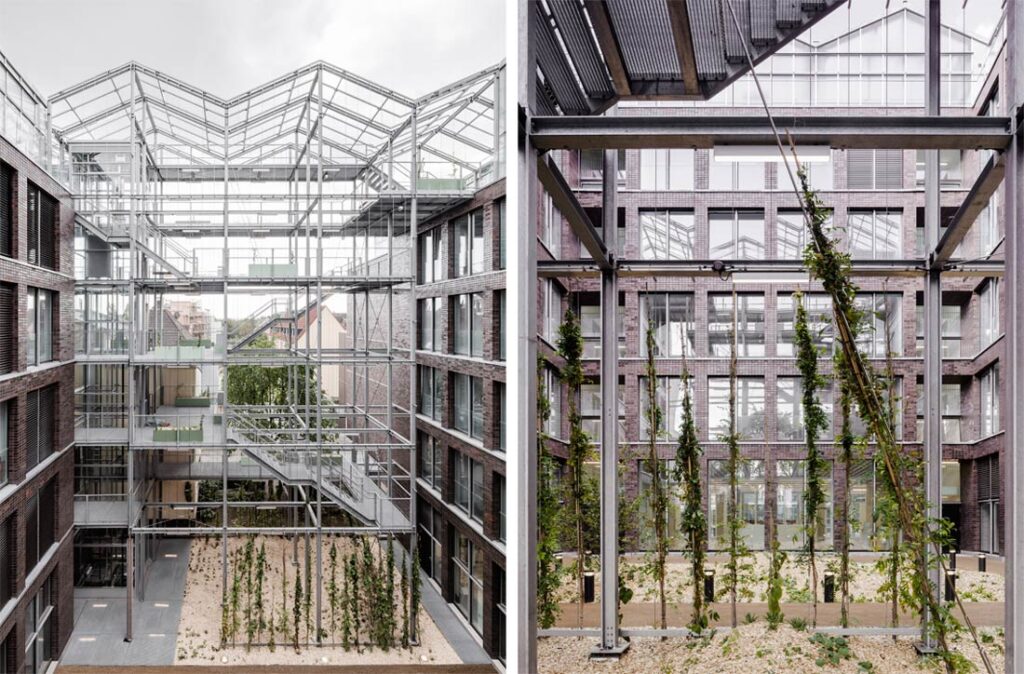
GREENHOUSE ON TOP OF INDUSTRIAL BUILDING
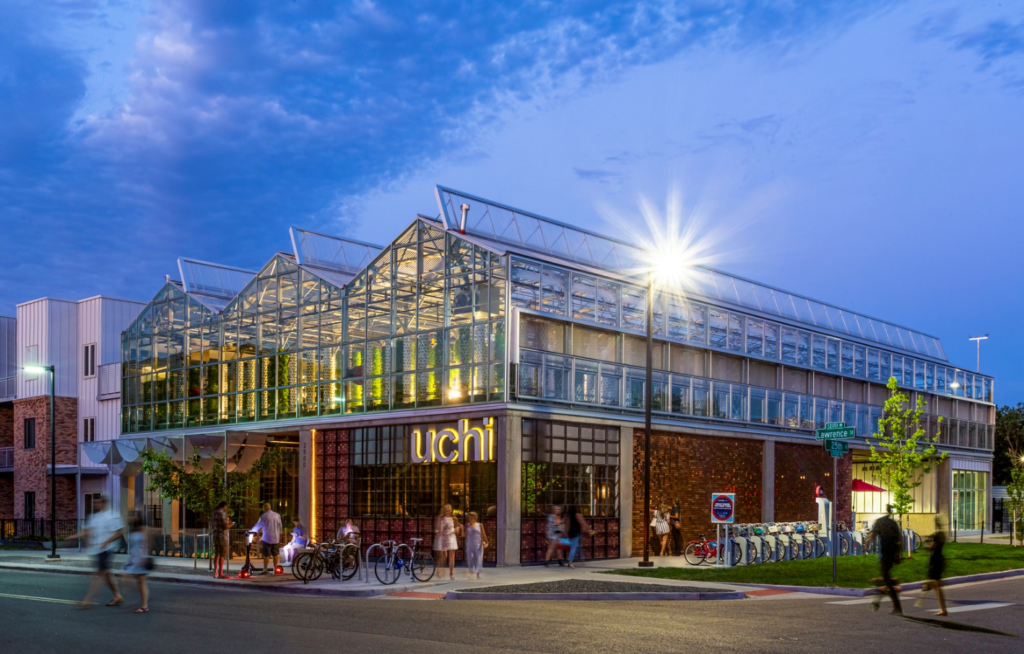
GREENHOUSE ON TOP AND INDOOR OF TOURISM FACILITY
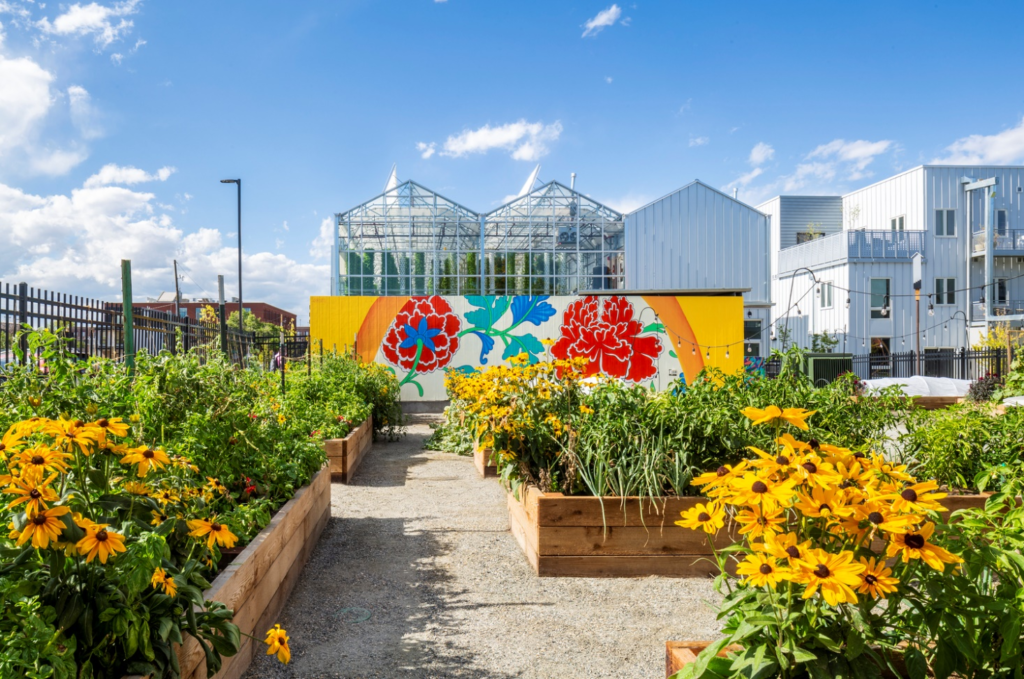
GREENHOUSE ON TOP OF RECREATIONAL BUILDING

VERTICAL FARM WITHIN OPEN SPACE IN BAMBOO ECO-CITY
Visit the world’s largest commercial rooftop, indoor and vertical farms
We believe in the necessity of reconnecting with and knowing how our food is grown. That’s why we will open our doors every Friday for schools and organisations – first come, first served! Send an email at info@bambooecocity.com for more information. And everyone will be invited every few months for our big open houses!
How we farm responsibly
The goal of sustainable agriculture is to meet society’s needs in the present without compromising the ability of future generations to meet their own. Here are the five principles that guide our farming ways.

Saving water
Good water is increasingly rare. We don’t want to do anything to make it rarer. And we don’t want to place added demand on the city water supply. Plus, agricultural runoff is an enormous cause of pollution.
That’s why we will capture rainwater to complement our irrigation water needs. We will also recirculate all of our irrigation water and nutrients in our filtered closed-loop hydroponic growing system, using saving more than 50% of the water used by a comparable farm not practicing recirculation. That way, we will not load the municipal drainage system, and our plant nutrients will not end up in lakes, rivers, and waterways.

Controlling pests
Bugs: if you grow, they will come! All farmers, urban ones too, have to cope with pests like insects and mites. But using synthetic pesticides is not the answer. We will use biological controls to create ecosystems in our plants and to take care of harmful pests.
It’s all about creating a balance of good bugs versus bad bugs. Ladybugs, for instance, will be introduced into the greenhouse to help control aphids that damage plants by feeding on their sap. The ladybug is one weapon, but we use other insects like parasitic wasps too.
We’ve also developed biocontrol software to monitor hot spots (areas of high pest concentration) in order to better manage outbreaks and ensure our plants are healthy.

Using no new land
Good farmland is disappearing fast, lost to development or contamination. To make matters worse, good forests are being lost in an effort to make more farmland. Now, we have more mouths to feed and less land to do it with.
Urban rooftop, indoor and vertical farming repurposes lost spaces for food production and gives residents access to locally grown produce that would otherwise have been imported from thousands of miles away.

Saving energy
By building our greenhouses on urban rooftops, we save energy and reduce our ecological footprint. Our greenhouses use about half the heating energy as equivalent ground-level greenhouses. Here’s why:
- We’ll be able make use of heat lost from the roof from the building below to save on heating. Our greenhouses also serves as a protective buffer from the elements to reduce the building’s cooling needs too.
- We will only heat on cold nights, and we use high-efficiency Syngas, or synthesis gas heaters to do so. Nighttime temperatures in cities also tend to be higher than in the country due to the thermal mass within city.
- We will employ energy curtains, which are automatically deployed on cold nights, to help insulate the greenhouse and reduce heat loss.
- In hot weather, plant transpiration in the greenhouse cools the air and will helps to reduce the heat island effect created by the typical black tar roof. This also lowers the energy needed to cool the building underneath our greenhouses.
- We will harvest produce to order, minimize packaging and storage, and deliver everything to pick-up points around the city. Therefore, we drastically reduce the energy that is traditionally used to package, ship, refrigerate, and store the produce that you’ll find in an average supermarket.

Reducing/Zero waste
Landfills are one of the largest producers of methane, a powerful greenhouse gas. Organic waste should be composted instead of adding to that problem. In an urban farm setting, this can be more challenging since we can’t just pile up our compost on a field next door.
To meet this challenge, we will compost our green waste on site where we have a composting vessel or work with municipal partners to ferry green waste to composting sites. By harvesting to order for each day’s baskets, we ensure our vegetables are as fresh as possible and that we eliminate waste from farm to table.
